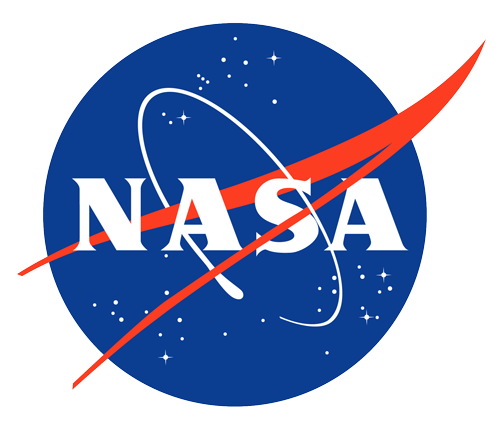Error 404: This page cannot be found
If you think you are seeing this in error please email astroweb@usgs.gov. You can also try searching for the missing page.
In the meantime, you may find the following collections interesting:



If you think you are seeing this in error please email astroweb@usgs.gov. You can also try searching for the missing page.
In the meantime, you may find the following collections interesting: